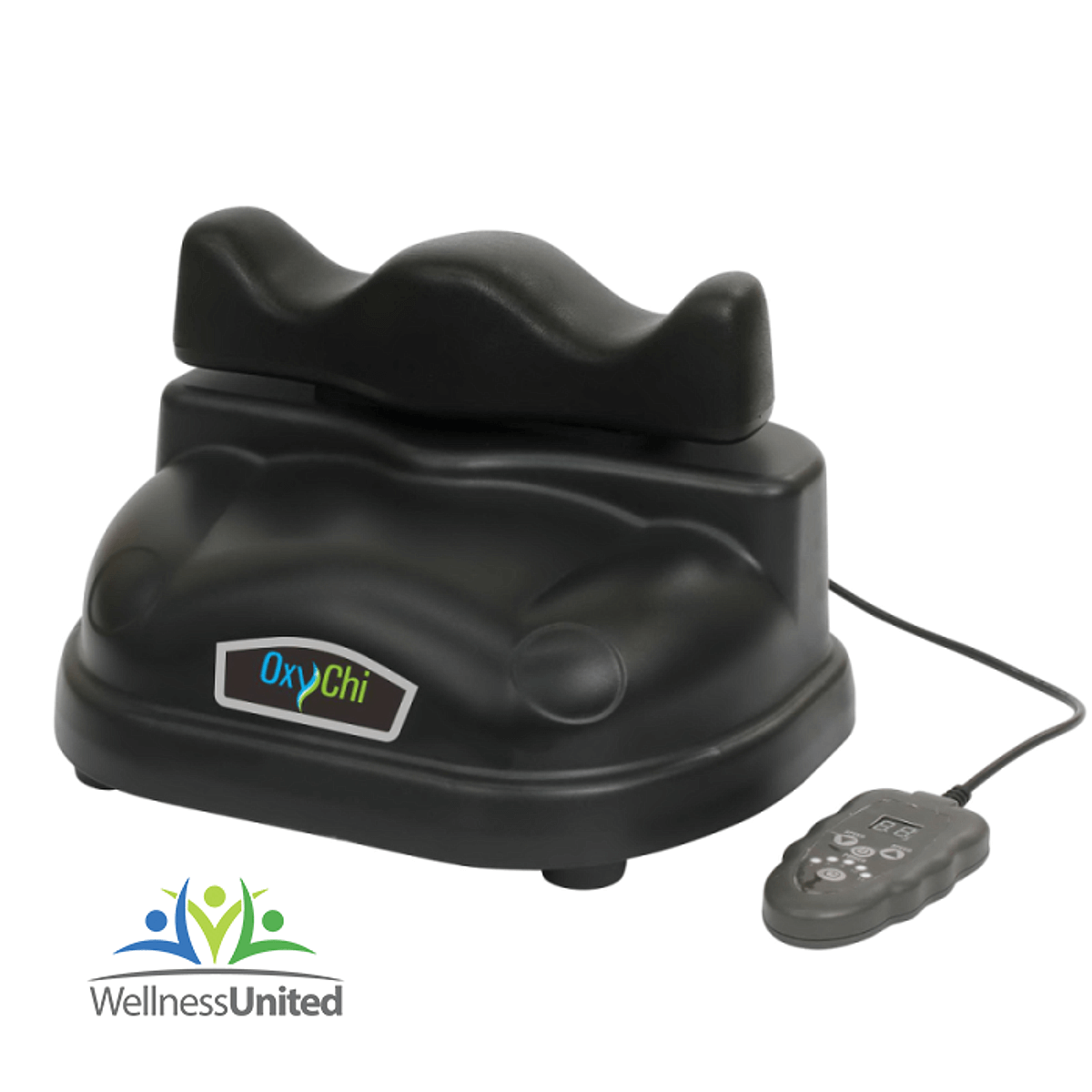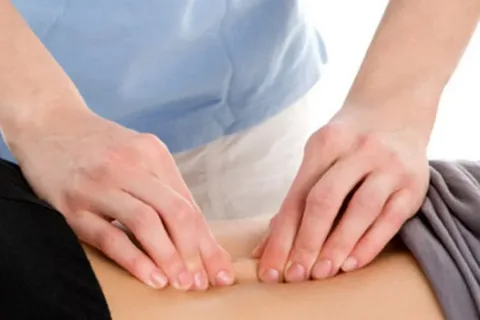The chi machine has gained popularity as a unique wellness device designed to enhance relaxation and promote overall well-being. This innovative apparatus is characterised by its gentle oscillating motion, which aims to stimulate energy flow within the body. With increasing interest in holistic health practices, understanding chi machines various functions and benefits is essential for those considering its use.
Origins and History of the Chi Machine
The chi machine has its roots in Japan, where it was conceptualised in the early 20th century by Dr Hideo Takahashi. Influenced by ancient Chinese philosophies surrounding energy flow, Dr Takahashi sought to design a device that would emulate the calming effects of traditional massage techniques. He aimed to support the body’s inherent healing mechanisms through a gentle, oscillating motion. Since its inception, the chi machine has undergone various modifications and has gained widespread acceptance across the globe. The device has become particularly popular among individuals exploring alternative health practices, as it offers a non-invasive method to enhance physical and mental well-being.
Primary Mechanism and How It Works
The chi machine functions through a gentle, oscillating motion designed to promote relaxation and enhance energy flow within the body. Users lie on a padded surface, positioning their ankles on the device. Once activated, the machine produces a side-to-side motion, simulating the natural swaying of the body. This rhythmic movement encourages blood circulation and lymphatic fluids, potentially aiding in detoxification and overall vitality. The consistent oscillation is believed to balance the body’s energy systems, helping to alleviate stress and promote relaxation. The design allows for a passive yet practical approach to supporting physical and mental well-being.
Potential Health Benefits of Regular Use
Regular use of a chi machine is associated with numerous potential health benefits. Users often report reduced stress levels, improved circulation, and enhanced relaxation. The machine’s oscillating motion may assist in alleviating muscle tension, promoting flexibility, and supporting the body’s natural detoxification processes. Some individuals find it beneficial for improving sleep quality, making it an attractive option for those struggling with insomnia or sleep disturbances. In addition to these benefits, regular sessions with a chi machine can contribute to better overall energy levels and a heightened sense of well-being.
Differences between Chi Machines and Traditional Exercise
Traditional exercise primarily focuses on enhancing physical attributes such as strength, endurance, and cardiovascular health through active participation. In contrast, the chi machine provides a more passive form of wellness, employing a gentle oscillating motion to promote relaxation and energy flow without demanding physical exertion. The chi machine is particularly beneficial for individuals with mobility limitations or those seeking low-impact methods to enhance their fitness routines. While traditional exercise requires commitment to activities like running, weightlifting, or aerobic classes, the chi machine offers an accessible alternative that can be used while lying down, making it suitable for a broader range of users.
Who Can Benefit From Using a Chi Machine?
A chi machine can serve a diverse array of individuals, including athletes seeking tools for recovery and those leading sedentary lifestyles who need relaxation methods. Its application is particularly advantageous for individuals experiencing stress, muscle tension, or fatigue. Additionally, it can offer relief to those suffering from chronic pain conditions. The gentle, non-invasive nature of the chi machine also makes it an excellent option for older adults and individuals in rehabilitation phases post-injury, providing a safe and effective means to promote relaxation and improve blood circulation.
Precautions and Contraindications for Use
Although generally considered safe, the chi machine may only suit some. Individuals with severe osteoporosis, recent surgical procedures, or significant cardiovascular conditions should consult a healthcare professional before use. Pregnant women should also seek medical advice to ensure the device’s safety. Those with implanted medical devices like pacemakers should exercise caution and obtain medical clearance. Additionally, individuals with acute injuries or severe joint conditions should refrain from using the chi machine until recovery. Anyone with existing health concerns must discuss potential risks with a medical professional before incorporating the chi machine into their wellness routine.
User Testimonials and Case Studies
Numerous users have reported positive experiences with the chi machine, noting improvements in their well-being. Testimonials frequently mention enhanced relaxation, decreased muscle tension, and increased energy levels. In several case studies, individuals suffering from chronic pain conditions, such as fibromyalgia or arthritis, have found relief and improved mobility after incorporating the chi machine into their daily routines. Stress-related disorders have also seen significant alleviation, with users reporting reduced anxiety and better sleep patterns. These anecdotal accounts, while varied, consistently highlight the chi machine’s potential to enhance quality of life and support holistic health practices.
How to Choose the Right chi machine
When selecting a chi machine, several factors should be considered to ensure the best fit for individual needs:
- Examining the build quality and materials is essential, as a well-constructed device will offer durability and comfort. The motor’s strength and the range of oscillation speeds should be evaluated, ensuring the machine can provide both gentle and more vigorous movements depending on user preferences.
- The size and weight capacity of the chi machine are important, particularly for taller or heavier individuals. Ease of use and the availability of features like remote control or programmable settings can enhance the user experience. Reading customer reviews and consulting expert recommendations can also provide valuable insights into the device’s performance and reliability.
- Assessing the warranty and customer support offered by the manufacturer can provide peace of mind, ensuring assistance is available if any issues arise.
By considering these factors, users can select a chi machine that best meets their wellness goals and personal requirements.
Setting Up and Using the Chi Machine
Preparing the chi machine for use is simple and requires little effort. Users should place the device on a flat, stable surface, ensuring it is secure and positioned correctly. Lying down comfortably, they should rest their legs on the machine, aligning their ankles with the designated footrests. It is advisable to begin with shorter sessions, gradually extending the duration as comfort levels increase.
Starting with a 5 to 10-minute session can help users acclimatise to the machine’s oscillating motion. Adjustments can be made over time, with most finding that 15 to 20 minutes per session provides optimal relaxation. To enhance the experience, users may consider wearing comfortable clothing and creating a serene environment, such as dimming the lights or playing soothing music. Regular, consistent use can maximise the potential benefits of the chi machine.
Integrating Chi Machine Sessions into Daily Routine
Incorporating chi machine sessions into a daily routine can significantly contribute to overall wellness. Establishing a regular session time, such as early morning or before bedtime, can help create a consistent habit. Users might find combining these sessions with other calming activities like meditation or deep breathing exercises beneficial, enhancing the relaxation effects.
Some individuals prefer to use the chi machine after physical exercise to aid muscle recovery and promote a sense of calm. It’s also advantageous to allocate a quiet, comfortable space for these sessions, free from distractions, to fully enjoy the experience. By gradually integrating these practices, users can seamlessly include the chi machine into their wellness regimen, making relaxation a natural part of their day.
Scientific Research and Evidence Supporting Chi Machines
While still emerging, scientific research on chi machines has provided some promising insights into their potential health benefits. Preliminary studies suggest that the gentle oscillating motion of the device may contribute to improved blood circulation and lymphatic flow, which can support the body’s detoxification processes. Some research has indicated that the rhythmic movement may activate the parasympathetic nervous system, helping to induce relaxation and reduce stress levels.
Additionally, anecdotal evidence from user testimonials supports claims of enhanced sleep quality and reduced muscle tension, although these findings require further scientific validation. Despite the limited scope of current research, the chi machine continues to gain traction within the holistic health community, attracting interest for its non-invasive and user-friendly approach to wellness. More comprehensive studies are needed to fully elucidate the benefits and mechanisms of action associated with chi machines.
Alternative Therapies to Complement Chi Machine Use
Incorporating chi machine therapy with other alternative treatments can amplify its benefits, offering a well-rounded approach to wellness. Acupuncture, a practice rooted in traditional Chinese medicine, can work synergistically with the chi machine by targeting specific energy pathways to enhance chi or life force energy flow. Massage therapy is another complementary modality that can relieve muscle tension and stress.
By integrating both treatments, users may experience more profound relaxation and improved physical well-being. Yoga, emphasising breath control and flexibility can also complement the use of a chi machine. Practising yoga before or after a chi machine session can prepare the body for the oscillating motion or help it transition into restfulness.
Additionally, deep breathing exercises and meditation techniques can be integrated to maximise relaxation, promoting mental clarity and emotional balance. Herbal remedies and aromatherapy may also be used alongside chi machine sessions to create a multi-sensory relaxation experience. Essential oils like lavender and eucalyptus can be diffused during a session to enhance the calming environment. Incorporating these therapies can help individuals create a personalised wellness routine that addresses multiple facets of health, from physical relaxation to emotional well-being.
Conclusion
The chi machine represents a noteworthy innovation in holistic health, offering an accessible means to enhance physical and mental well-being. Its unique oscillating motion stimulates energy flow, potentially improving circulation and promoting relaxation. Through regular use, individuals may experience reduced muscle tension, enhanced flexibility, and support for natural detoxification processes. The device provides a low-impact alternative to traditional exercise, making it suitable for diverse users, including those with mobility limitations and chronic pain conditions. Incorporating chi machine sessions into a daily routine can contribute to a heightened sense of relaxation and overall vitality.
FAQS
1. What is a chi machine?
A chi machine is a wellness device that promotes relaxation and enhances energy flow through a gentle oscillating motion.
2. How does a chi machine work?
Users lie down and place their ankles on the machine, producing a side-to-side motion that encourages circulation and relaxation.
3. What are the potential benefits of using a chi machine?
Potential benefits include reduced stress, improved circulation, reduced muscle tension, enhanced sleep quality, and improved energy levels.
4. Who can benefit from using a chi machine?
A chi machine may benefit individuals experiencing stress, muscle tension, chronic pain, or fatigue, as well as athletes and older adults.
5. Are there any precautions for using a chi machine?
Individuals with severe osteoporosis, recent surgical procedures, significant cardiovascular conditions, pregnant women, and those with implanted medical devices should consult a healthcare professional before use.
6. How often should one use a chi machine?
Start with shorter sessions of 5 to 10 minutes, gradually increasing to 15 to 20 minutes per session as comfort levels improve.
7. Can a chi machine be used alongside other therapies?
Yes, the chi machine can be complemented with other therapies like acupuncture, massage, yoga, deep breathing exercises, and aromatherapy to enhance overall well-being.




